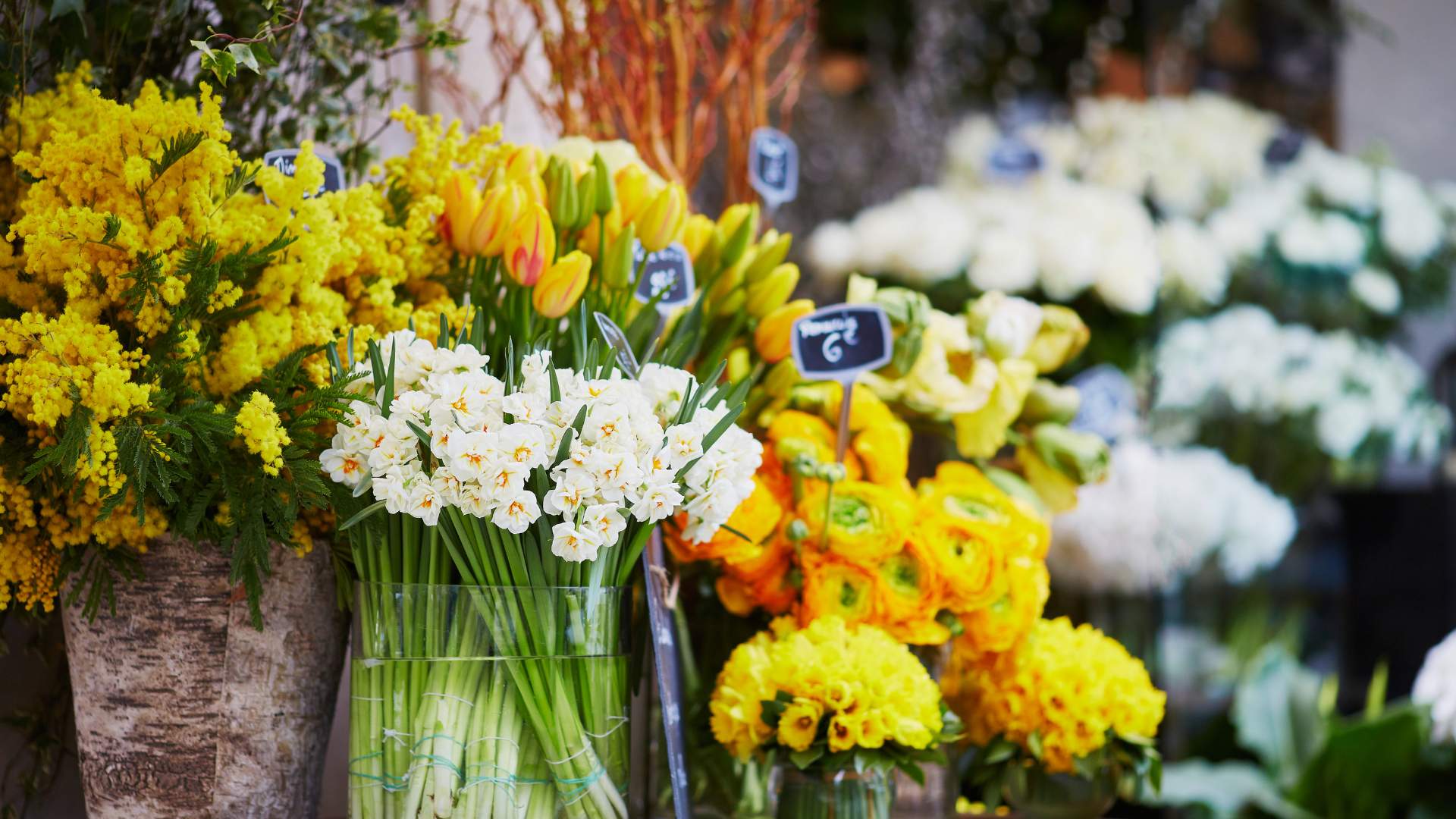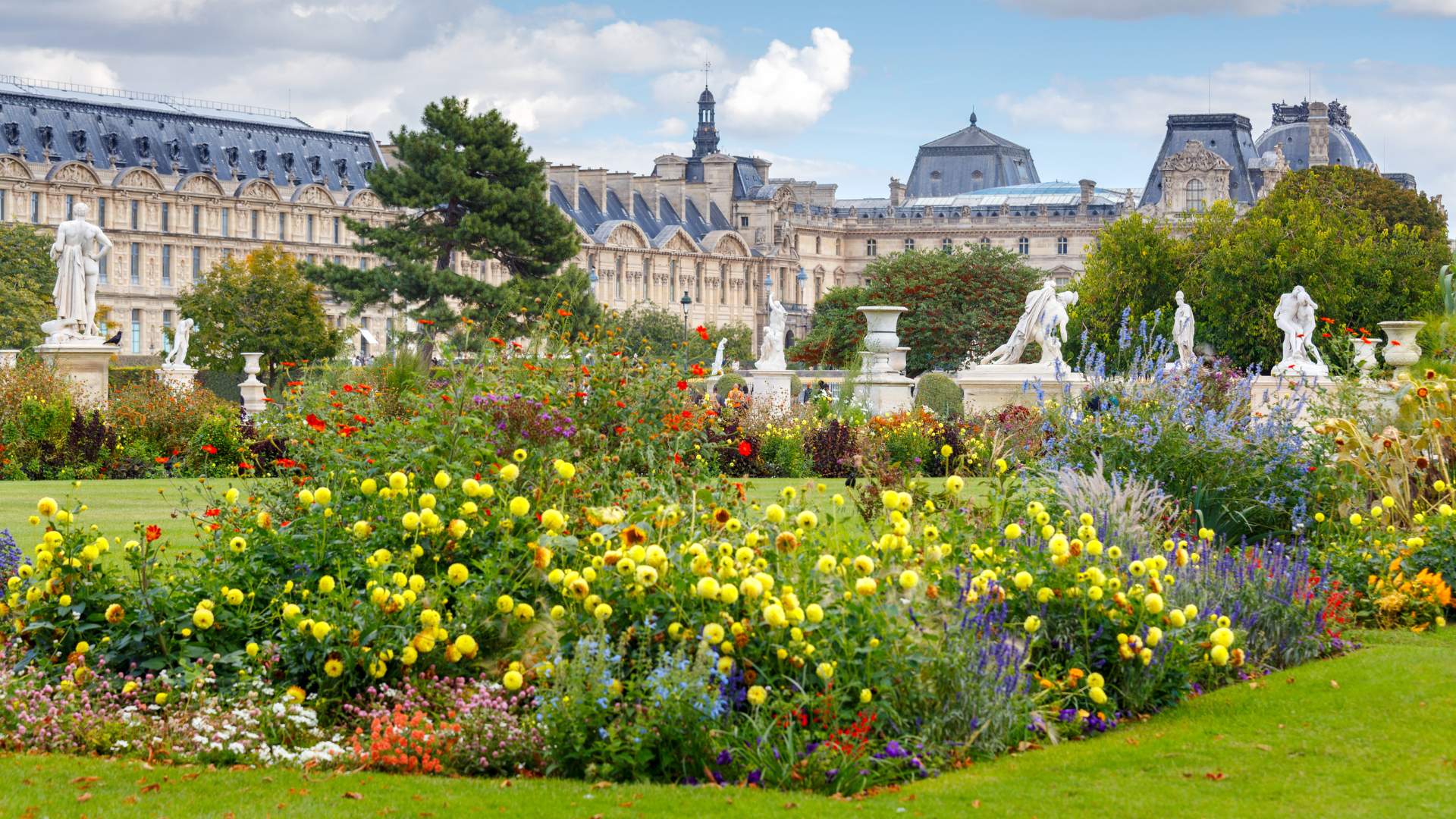Lily of the valley, with its delicate white bells, is much more than just a spring flower. This discreet but charming plant is deeply rooted in traditions and popular beliefs, particularly in France, where it is inseparable from May 1st, Labor Day. This status as a lucky charm gives it a special aura. But where does this fascination for this small plant come from? What symbols does it carry, and how has it survived through the ages? This article invites you to discover the many facets of lily of the valley and its fascinating historical journey.
The Mythological Origins of Lily of the Valley
1. The Celts and Plant Magic
The origins of the lily of the valley cult date back to ancient times. For the Celts, this plant was much more than just a flower. It was considered a lucky charm, capable of protecting against evil spirits and attracting prosperity. Druids, Celtic priests, used it in their rituals and potions, thus reinforcing its magical and mystical aura.
2. Lily of the Valley in Norse Mythology
In Norse mythology, lily of the valley was associated with Freya, goddess of love, fertility, and beauty. This association reinforced the connection between lily of the valley and the notions of fertility and renewal, recurring themes in ancient societies. Lily of the valley was often used in spring rituals celebrating the return of light and life after the long winter months.
The Middle Ages: Between Magic and Medicine
During the Middle Ages, lily of the valley continued to play an important role in popular culture. It was used in the making of potions and love potions, as it was believed to have the power to make one invisible and promote romantic encounters. Lovers gave each other sprigs of lily of the valley as a token of their affection. At the same time, doctors of the time used it for its diuretic and cardiac properties, although its medicinal use is now discouraged due to its toxicity.
The Renaissance: Lily of the Valley, Symbol of Femininity
The Renaissance marked a turning point in the perception of lily of the valley. It became a symbol of femininity and purity, associated with the Virgin Mary. This association reinforced its sacred character and linked it to notions of chastity and innocence. The gardens of the time, especially those of monasteries, were full of lily of the valley, and it was common to see this flower used in religious floral arrangements.
The Lily of the Valley and Labor Day Association
1. A Symbol of Renewal
The association of lily of the valley with May 1st, Labor Day, is a relatively recent tradition. In France, it is believed to have originated in the 19th century. The exact origin of this association is subject to debate, but several theories have been put forward. One of the most popular is that lily of the valley, blooming in spring, represents renewal and hope for a better life for workers.
2. A Nod to Popular Traditions
Giving lily of the valley on May 1st could also be a way to perpetuate ancient rural traditions associated with this flower. Before May 1st became Labor Day, it was already celebrated as a spring festival in many regions, with customs centered on nature and fertility.
3. A Business Initiative
Some historians suggest that this tradition was popularized by florists to boost sales. Indeed, demand for lily of the valley explodes every year around May 1st, making this day one of the most important for the flower trade in France.
Lily of the Valley in Art and Literature
Lily of the valley has inspired many artists and writers. It features in literature, painting, and music. Its small size and delicacy make it a favorite subject for poets and painters.
1. Painting
Many painters have immortalized lily of the valley in their works, depicting it in bouquets, landscapes, or as a central element of their compositions. Its simplicity and purity make it an ideal motif for still lifes and country scenes.
2. Literature
Lily of the valley has been celebrated by many poets and writers. It often symbolizes purity, love, and spring, but also melancholy and the transience of life. References to lily of the valley can be found in French Romantic poetry, where it is often associated with sweet and fleeting feelings.
3. Music
Lily of the valley has also inspired musicians. Melodies have been composed in its honor, and its name has been used in song titles. Classical and contemporary composers have often included references to lily of the valley in their works to evoke spring and rebirth.
Lily of the Valley and Science
Lily of the valley has also been the subject of scientific studies. Researchers have focused on its chemical composition, medicinal properties, and role in the ecosystem.
1. Chemical Composition
Lily of the valley contains many active substances, including cardiac glycosides, which can be toxic in large quantities. These compounds, although dangerous, have been studied for their potential therapeutic effects.
2. Medicinal Properties
Lily of the valley has been used in traditional medicine to treat various heart conditions. However, due to its toxicity, it is not recommended for self-medication. Modern studies warn of the risks of poisoning associated with ingesting lily of the valley.
3. Ecological Role
Lily of the valley plays an important role in the ecosystem, particularly for pollinating insects. Its fragrant flowers attract bees and other pollinators, contributing to biodiversity.
Lily of the Valley Today: Between Tradition and Modernity
While the tradition of lily of the valley endures, it has evolved over time. Today, it is seen more as a symbol of spring and renewal than as a good luck charm. However, the intensive marketing of lily of the valley on May 1st raises environmental concerns.
1. Marketing and Environment
The massive demand for lily of the valley on May 1st sometimes leads to intensive cultivation practices that are not very environmentally friendly. It is important to favor local producers and sustainable cultivation methods to preserve this tradition while respecting nature.
2. Modernization of Tradition
With the rise of social media, the tradition of giving lily of the valley has also taken on a digital dimension. Many people share photos of their lily of the valley sprigs on Instagram or Facebook, continuing the tradition in a modern way.
Conclusion
Lily of the valley, with its rich history and complex symbolism, continues to fascinate. From Celtic mythology to current environmental issues, this small flower has survived the centuries, retaining its charm and mysterious aura. Giving lily of the valley is like giving a touch of magic and poetry. Whether to bring good luck, celebrate spring, or simply express affection, lily of the valley remains a timeless symbol of happiness and renewal.








